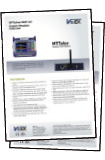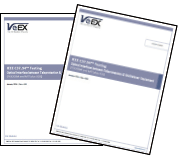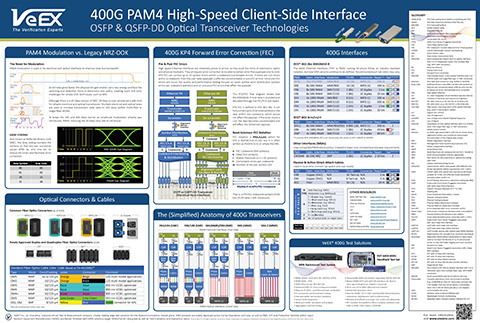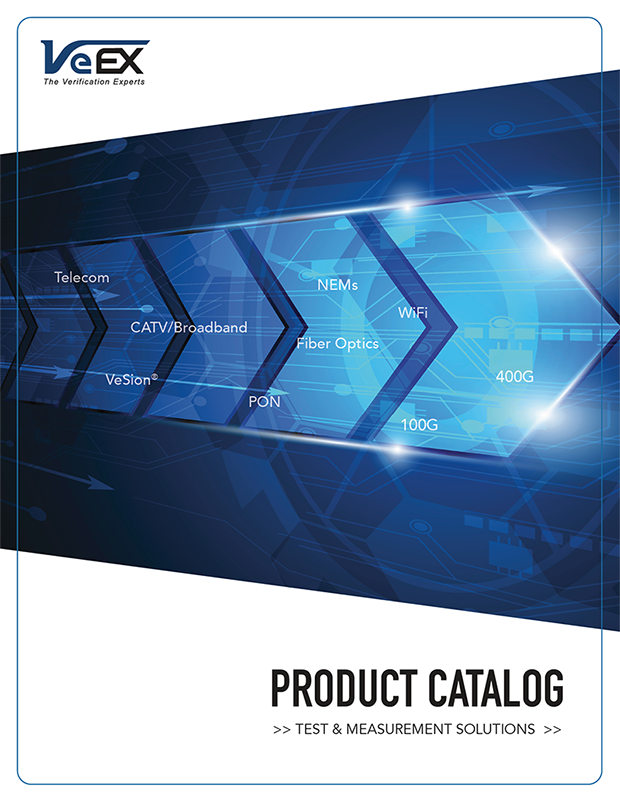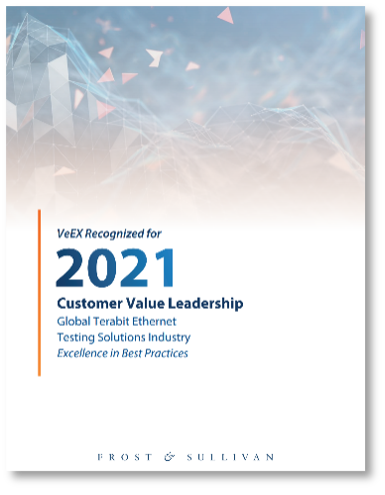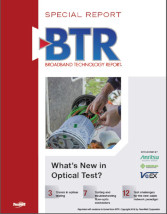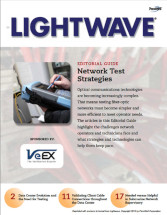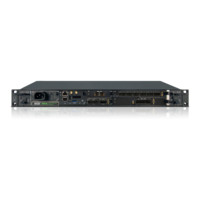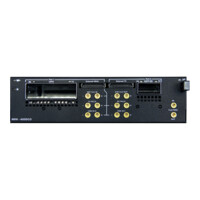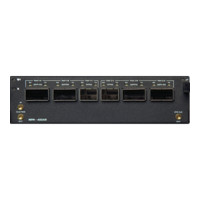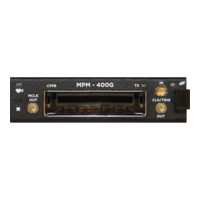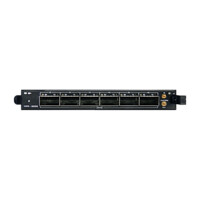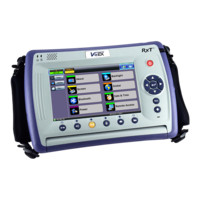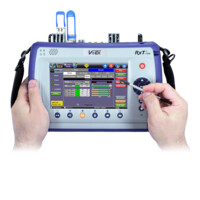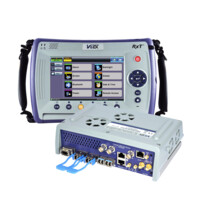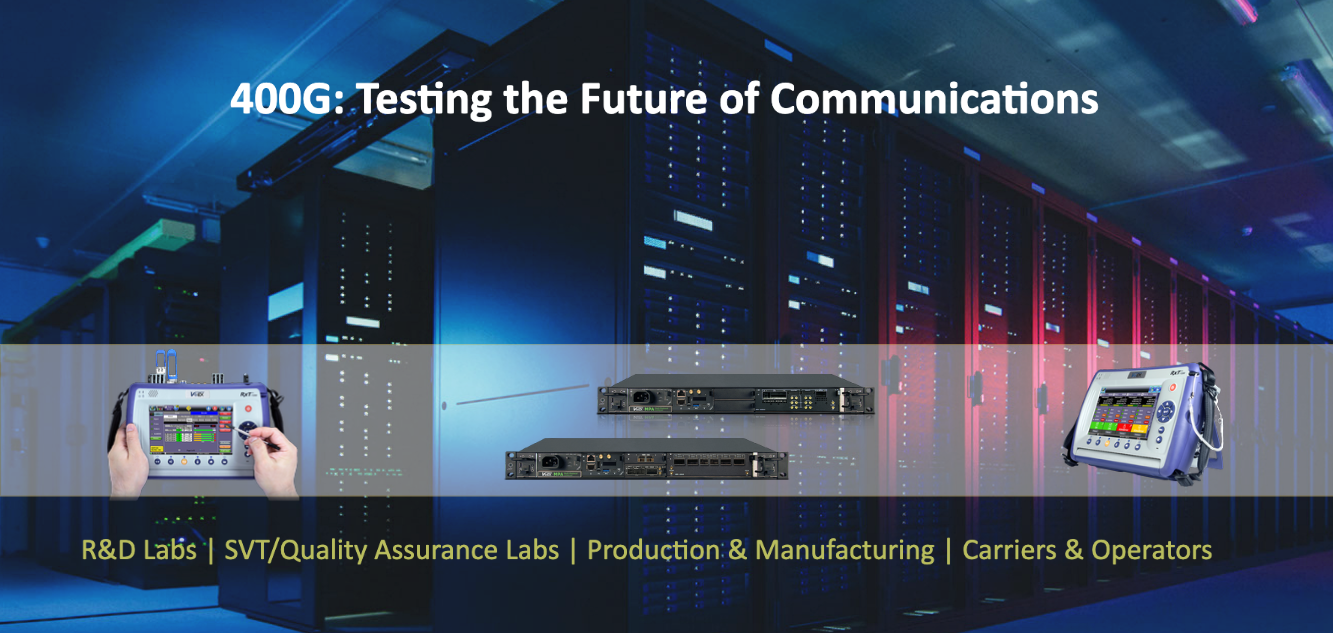
The exploding growth of high-speed and high-availability services, including 5G, and a multitude of devices constantly connected to the Internet, has prompted Telcos, MSOs, Datacenters and the communication industry in general, to move to the next stage in aggregation, switching and transport technologies to keep up with the demand. Currently that is 400GE.
As PAM4 and coherent 400GE technologies go into full commercial deployment, testing and verification needs change and move from the pure R&D labs, SVT, manufacturing, FAEs supporting demonstrations and field evaluations to actual field deployment. Not all 400G test and measurement applications are the same. From Field link verification and troubleshooting, AOC/DAC and transceiver testing, CO, Datacenter intra and inter-connect, Manufacturing, to R&D environments, VeEX has the right tools to pinpoint your specific testing requirements and environmental needs. Whether it is a portable do-it-all handheld for the field, high mobility and availability in large datacenters, high port density rack-mount environment, or automation, VeEX solutions offers the right products and features to address applications from R&D to manufacturing, from Core to Field.
Test Solutions for High Speed Interfaces & Transport Networks
VeEX offer a comprehensive T&M portfolio of products and applications to fulfill verification needs, from layer 1 to 4, from 1.5M to 2x400G, from lab to field.
- Portability - First 400GE handheld test set, with Native PAM4 and ZR/ZR+ coherent support for best-in-class signal integrity. Enables lab-to-field transition, transceiver verification, benchmarking and link commissioning and troubleshooting.
- Scalability - Rack-mount applications for high-port count, manufacturing and automation applications
- Flexibility - 400G, 200GE, 100GE, 50GE, 40GE, 25GE, FlexE, OTUCn, OTU4, OTU3, STL256.4 and more
- Future proof - Modular test platforms supporting current and future interfaces, rates and technologies
- Available CFP8, CFP4, CFP2, OSFP, QSFP-DD, QSFP56, QSFP28, QSFP+, SFP-DD, SFP56/28/+ Interfaces
- Also available CPRI 10, 25G eCPRI, and 32G Fibre Channel, as well as lower-rate Ethernet, OTN, and legacy SDH/SONET PDH/DSn
- Advanced optical transceiver, AOC/DAC and active fan-out cable testing features
RXT-6402 Dual 400G Multi-Service Handheld
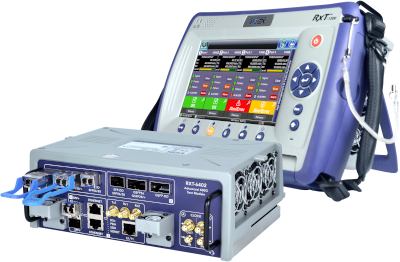
- 2x400GE concurrent testing capabilities
- Dual ports required for AOC/DAC, fan-out and wrap-around tests (from 10M to 400GE)
- Up to four concurrent and independent tests
- Native QSFP-DD, QSFP56, SFP-DD, and SFP56 PAM4 hardware for best-in-class signal integrity (no adapters required).
- Wide range of supported 400GE interfaces, including 400GBASE-SR8, FR8, LR8, DR4, FR4, LR4, CR8, CR4 and 400ZR/ZR+.
- Complete industry-standard Ethernet link test feature set for Layers 2, 3 and 4.
RXT-6400 400G Handheld
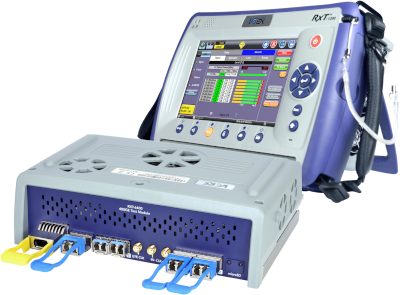
- First portable 400G test solution
- Native PAM4 OSFP & QSFP-DD interfaces for Best-in-Class signal integrity (no adapters required)
- All-in-one 1G to 400G test solution
- Advanced transceiver check
- Ideal for NEMs’ SVT and FAEs assisting field evaluations, demonstrations, deployment and troubleshooting
- Mobility and efficiency in large COs, nodes and datacenters
- RXT modular test platform offers solutions from 10M to 400G, Fiber Optics, C/DWDM
MPM-400DCO

- 1x CFP2-DCO test port
- 1x QSFP-DD test port
- Supports pluggable Digital Coherent CFP2 and QSFP-DD optics modules including 400ZR, OpenZR+, and OpenROADM
- 400G to 100G Ethernet, OTN, and FlexE client applications
- FEC and BER signal integrity testing
- PAM4 & NRZ SerDes up to 56G
- Multi-user independent port operation
- Test automation including Python API and SCPI CLI
MPM-400AR Rackmount

- Simultaneous multi-port, multi-rate, multi-user testing from 1GE-to-400GE including FlexE, OTUCn, OTN and more in a 1U modular platform
- Comprehensive test automation with native Python API or CLI
- MPM-400AR module with dual QSFP-DD, QSFP56, & SFP56 PAM4 ports, additional application modules and ports available
- Advanced KP4 FEC stress testing and analysis
- Physical, PCS/FEC, and Ethernet layer verification
- Unframed PRBSQ/BERT pattern testing
- IC, transceiver, and board level testing
- Interoperability, product validation, and system level integration
- Aggregation and load testing
2021 Global Terabit Ethernet Test Solutions Award – F&S Report
The industry move to 400GbE has led to the development of several new technologies in the Ethernet landscape, such as Flexe and OTUCn FlexO, which enable carrier aggregation. 400GbE speeds require different types of transceivers, which, in turn, require a live environment for manufacture and deployment, leading to failure rate spikes. The transceivers/optical modules are crucial for enabling terabit Ethernet (TbE) speeds. With its hand-held RXT-6400 and rack-mount MPA test platform, VeEX offers a complete solution for 400GbE test and validation and is helping its customers with all their verification needs, from layer 1 to layer 4 and faster lab-to-field deployments. These solutions are portable, scalable, flexible, future proof, and capable of handling current and future interfaces, rates, and technologies.
What's New in Optical Test?
As cable operators deploy fiber deeper into their networks and use it to serve a growing number of applications, fiber-optic testing obviously becomes more important. Unfortunately, it also becomes more complex. Fiber types might change, connectors might change and the nature of the optical transmission might change (both in the type of transmission as well as in the number and location of wavelengths). Meanwhile, the crews assigned to install and troubleshoot new fiberoptic connections might not change – they may be the same technicians who have been working with coax for most of their careers.
Therefore, cable deployment crews need test equipment that is easy to operate even if the user has had little exposure to optical networking. This special report explores the challenges, trends and future of optical testing.
Network Test Strategies
Optical communications technologies are becoming increasingly complex. That means testing fiber-optic networks must become simpler and more efficient to meet operator needs.
The articles in this Editorial Guide highlight the challenges network operators and technicians face and what strategies and technologies can help them keep pace.
PRODUCT TOUR
KNOWLEDGE CENTER
